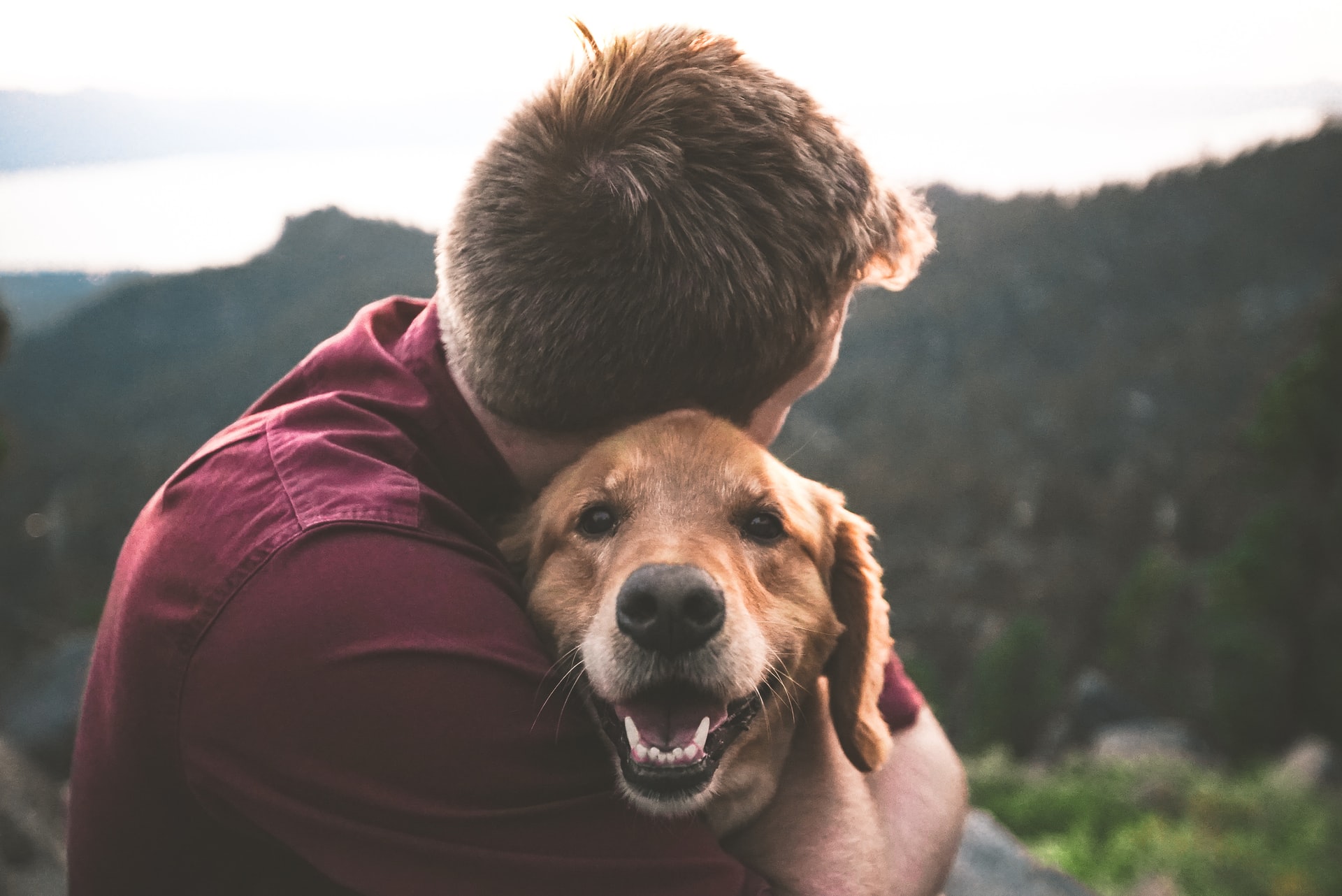Welcoming a dog wheelchair into your furry friend’s life can be a transformative experience, offering a renewed sense of mobility and independence. Whether your canine companion is facing injury, illness, or the natural aging process, adapting to life with a dog wheelchair requires patience, understanding, and a commitment to ensuring your pet’s continued well-being.
Getting Started
The first step in adapting to life with a dog wheelchair is selecting the right one for your pet’s needs. Consider factors like size, weight, and the type of mobility challenge your dog faces. Consult with your veterinarian to ensure that the chosen wheelchair is appropriate and provides support.
Introduction to the Wheelchair
Once you’ve acquired the wheelchair, introduce it gradually to your dog. Allow them to explore and sniff the device while providing positive reinforcement. It’s essential to associate the wheelchair with positive experiences, helping your dog feel comfortable and secure.
Training and Adjustment
Training your dog to use the wheelchair may take time and patience. Begin with short sessions, allowing your pet to get used to the sensation of the device. Use treats and approval to reward positive behavior, gradually increasing the duration of wheelchair use as your dog becomes more accustomed.
Adapting the Home Environment
Modify your living space to accommodate your dog’s new mobility device. Ensure that pathways are clear, and consider adding ramps to allow easy access to elevated areas. Remember that your dog’s movement patterns may change, so make adjustments to create a safe and comfortable environment.
Emotional Support
Adapting to life with a dog wheelchair is not just a physical adjustment but also an emotional one. Be attuned to your dog’s emotional state and provide reassurance and affection. Some dogs may initially feel vulnerable or anxious, so maintaining a supportive and loving atmosphere is crucial.
Regular Exercise and Play
Wheelchair-bound dogs still benefit from regular exercise and play. Tailor activities to suit your dog’s abilities, incorporating gentle walks, supervised playtime, and mental stimulation. Consult your veterinarian to develop an exercise routine promoting physical and psychological well-being.
Socialization
Maintain your dog’s social interactions with other pets and people. Wheelchair-bound dogs can still enjoy outings and playdates. Educate others about your dog’s needs, helping to create a supportive and understanding community.
Regular Check-ups
Schedule regular veterinary check-ups to monitor your dog’s overall health and ensure that the wheelchair continues to meet their needs. Your veterinarian can guide any necessary adjustments or modifications.
Conclusion
Adapting to life with a dog wheelchair is a journey that needs dedication, empathy, and a commitment to your pet’s happiness and well-being. With a suitable pet wheelchair, training, and emotional support, many dogs thrive and lead fulfilling lives. Remember that every dog is unique, and the key to successful adaptation lies in patience, insight, and a sympathetic partnership between you and your furry friend.
